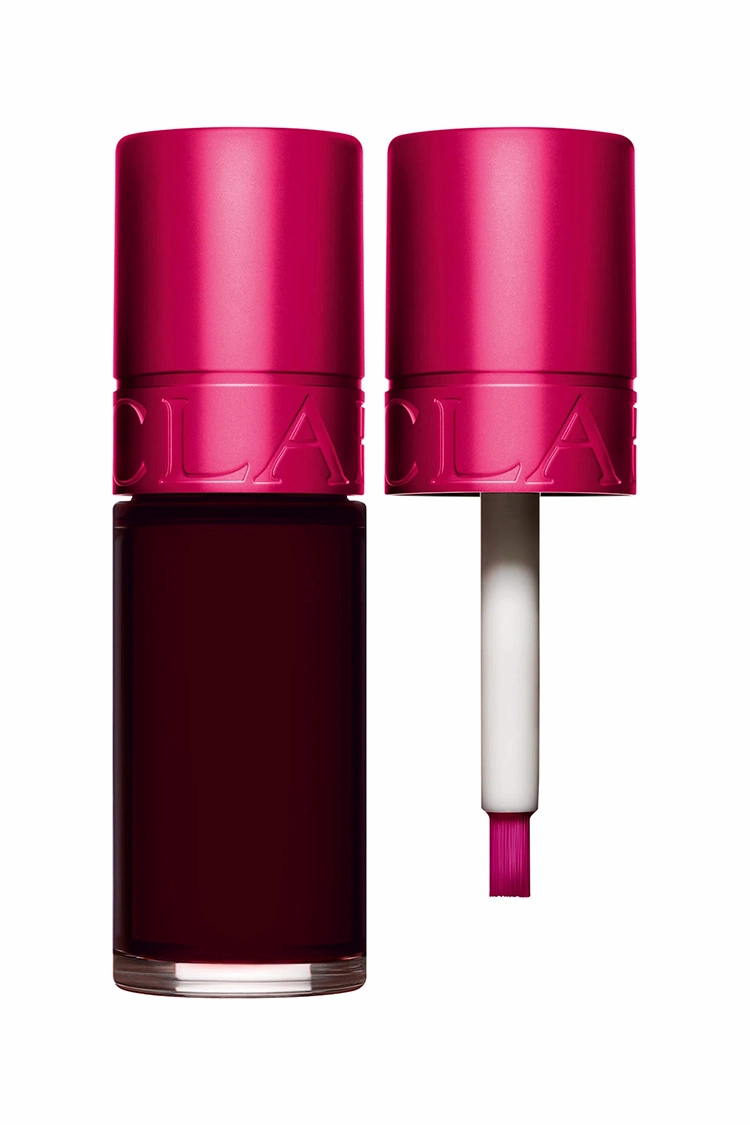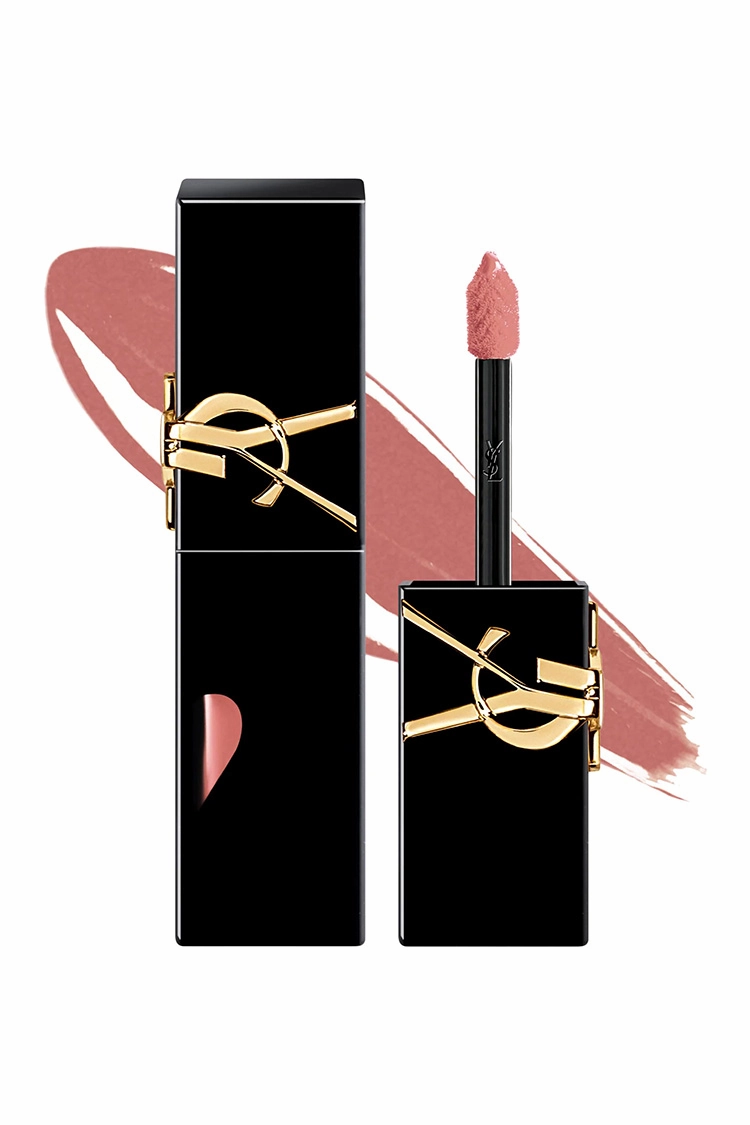
We thoroughly assess all products before recommending them. We may be compensated if you choose to buy through links on our site.
Question: What Are the Disadvantages of Lip Stains?
Answer: Disadvantages of lip stains include their drying effect, difficulty in application, and challenges with removal. They can leave lips feeling parched, require precise application to avoid mistakes, and may need special removers to take off.
The Unspoken Downsides of Lip Tints
We all adore the promise of a lip stain. It offers long-lasting color that survives coffee, lunch, and maybe even a kiss. The idea of applying a lip color once and forgetting about it is incredibly appealing for our busy lives. Brands market these products as the ultimate solution for low-maintenance beauty. But what happens when the dream product reveals its flaws? Many users ask, “What are the disadvantages of lip stains?” because the reality can be quite different. While their staying power is legendary, lip stains possess some significant drawbacks that can affect your lips and your patience. Before you commit to this long-wear hero, you need to understand the complete picture. We will explore the challenges that come with using these potent pigments, from application woes to the difficult removal process.

Best Lip Stain
Lip Stain
From gentle toning to intense color correction, these lip stains offer targeted solutions for blonde and highlighted hair...
The Dehydration and Dryness Factor
One of the most common complaints about lip stains is their intense drying effect. The very formulation that gives them their incredible staying power is often the primary culprit. Many lip stains use an alcohol-based formula. The alcohol helps the pigment penetrate the top layer of your skin, creating the “stain” effect. It then quickly evaporates, locking the color in place. This evaporation process, however, does not just remove the alcohol; it also pulls natural moisture away from your delicate lip tissue. The result is often lips that feel tight, uncomfortable, and desert-dry within hours.
This dryness is not just a feeling; it has visible consequences. Your lips can start to flake or peel, which ruins the smooth, even color you wanted. Instead of a flawless pout, you get a patchy and textured appearance that looks and feels unhealthy. The pigment clings to any dry patch, making them more pronounced. To combat this, you must engage in a rigorous lip care routine before you even think about application. You need to exfoliate regularly to remove dead skin and apply a thick, hydrating lip balm as a preparatory base. This extra work can feel like a chore, making the “low-maintenance” claim feel a bit misleading.
Related Article: Does Lip Stain Come Off When Kissing?
Related Article: How to Stain Lips for Beginners?
The Precision Application Problem
Applying a lip stain is a high-stakes beauty maneuver. These products are incredibly unforgiving due to their rapid drying time and powerful pigments. Once the color touches your skin, it starts to set almost immediately. You have a very small window to perfect your application. Unlike a creamy lipstick or a gloss that you can easily wipe away or blend, a mistake with a lip stain is nearly permanent for the day. If your hand slips or you draw outside your natural lip line, you will have a stray mark that is incredibly difficult to remove without a specialized, oil-based cleanser. This can be frustrating, especially when you are in a hurry.
Achieving a crisp, clean edge requires a steady hand and immense precision. Many people find using the standard doe-foot applicator that comes with the product is not enough for a flawless look. You often need to use a separate, fine-tipped lip brush for better control, adding another step to your routine. The color can also bleed into fine lines around the mouth if not applied carefully, creating a feathered look that is anything but chic. For those who are not professional makeup artists, mastering the application can involve a steep learning curve with many messy attempts along the way.
Tips for a Better Application
To navigate this challenge, preparation is key. Always start by outlining your lips with a clear or color-matched lip liner. This creates a barrier that prevents the stain from bleeding. When you apply the stain, work in thin, even layers. Start in the center of your lips and blend the color outwards. This gives you more control and prevents a heavy, uneven buildup of product. If you make a mistake, have a cotton swab dipped in an oil-based makeup remover ready to correct it instantly before it fully sets.
Issues With Fading and Patchiness
While lip stains are famous for their longevity, their fading process is often far from graceful. They do not wear away evenly like a traditional lipstick. Instead, they tend to fade in patches, creating an unflattering, splotchy appearance. This is especially true after eating or drinking. The center of your lips, which experiences the most friction, will often lose color first. This leaves you with the dreaded “ring around the lips” effect, where you have a dark outline of color with a faded or bare interior. It is a look that instantly signals that your makeup needs a touch-up. Reapplying the stain to fix the patchiness presents its own set of problems.
Adding more product over the existing stain can make the color look darker and more intense in the areas where it has not faded. This can accentuate the patchiness rather than solve it. The new layer may not blend seamlessly with the old one, leading to a visibly layered and uneven finish. The stain will also cling more intensely to any dry areas on your lips, so as your lips become drier throughout the day, the fading becomes even more pronounced and uneven. This unpredictable wear-down means you must monitor your lips more closely than you would with other lip products.
The Complicated Removal Process
The same quality that makes lip stains so desirable—their staying power—also makes them a nightmare to remove. At the end of a long day, the last thing you want is a battle with your makeup. Unfortunately, that is often what happens with a lip stain. Your usual makeup wipe or micellar water will barely make a dent in the pigment. You can scrub your lips raw with these products and still be left with a faded but very visible tint. This is another key disadvantage of lip stains that users frequently report. Proper removal requires a specific type of product. You need a powerful, oil-based cleanser or a dedicated lip color remover to break down the formula effectively. Cleansing balms and pure oils, such as coconut or jojoba oil, work well. You must massage the oil onto your lips, let it sit for a minute to dissolve the stain, and then gently wipe it away.
Even with the right product, some scrubbing may be necessary. This repeated friction can leave your lips feeling tender, irritated, and exfoliated to the extreme. The process is time-consuming and can be harsh on the delicate skin of your lips, especially if you wear stains frequently. The effort required for removal can outweigh the convenience of long-lasting wear for many people.
Effective Removal Methods
Use a Cleansing Balm
A rich cleansing balm melts away stubborn makeup. Massage it onto dry lips and then emulsify with water before wiping it clean.Try a Pure Oil
Coconut, jojoba, or olive oil are excellent natural options. Apply the oil with a cotton pad, let it sit, and then gently remove the stain.Find a Dedicated Remover
Many brands now offer products specifically designed to remove long-wear lip color. These are formulated to be effective yet gentle on the lips.
Limited Versatility in Finish and Shade
If you love experimenting with different lip looks, you might find lip stains to be quite restrictive. Their formulation limits them to a very specific type of finish. Most lip stains dry down to a flat, matte look. While some may have a slight satin sheen initially, you will not find the glossy, metallic, shimmery, or creamy finishes available in the vast world of lipsticks. This lack of variety can feel boring if you enjoy changing your style. You can layer a gloss on top, but that defeats the purpose of a transfer-proof product. Furthermore, the final color of a lip stain is unpredictable. The shade in the tube is not always the shade you will get.
Because the product works by staining your skin, your natural lip color and pH level will influence the final result. A color that looks like a beautiful berry on your friend might appear as a bright fuchsia on you. This makes online shopping for lip stains a risky game of chance. You often need to test the shade in person to see how it interacts with your unique chemistry. This unpredictability is a significant disadvantage of lip stains for anyone who wants reliable color payoff every time they apply.
Potential for Long-Term Lip Damage
Consistent use of lip stains without proper care can lead to cumulative damage to your lips. The combination of drying ingredients and the aggressive removal process creates a cycle of stress for your lip tissue. The alcohol commonly found in these formulas can strip your lips of their natural protective oils over time. This can result in a state of chronic dryness, where your lips are constantly chapped, peeling, and uncomfortable, even when you are not wearing any product. The need for vigorous scrubbing during removal can also take a toll. This action can cause micro-tears in the skin, making your lips more vulnerable to irritation and environmental damage. Over time, your lips may become more sensitive and prone to inflammation.
To avoid these long-term issues, you must treat lip stains as a product for special occasions rather than daily wear. It is essential to give your lips regular breaks, allowing them time to recover and rehydrate. During these breaks, you should focus on nourishing your lips with rich balms, masks, and treatments. Prioritizing lip health is crucial if you want to continue using these powerful products without causing lasting harm.
Conclusion
Lip stains offer undeniable benefits with their impressive staying power. However, it is vital to acknowledge their downsides. The potential for severe dryness, the difficult and precise application, the uneven fading, and the strenuous removal process are significant factors to consider. The limited range of finishes and unpredictable color payoff also limit their versatility. While a lip stain can be a fantastic tool for a long event, understanding its disadvantages helps you use it wisely. By prioritizing a thorough lip care routine and reserving stains for when you truly need their power, you can enjoy their benefits without sacrificing the health and comfort of your lips.


